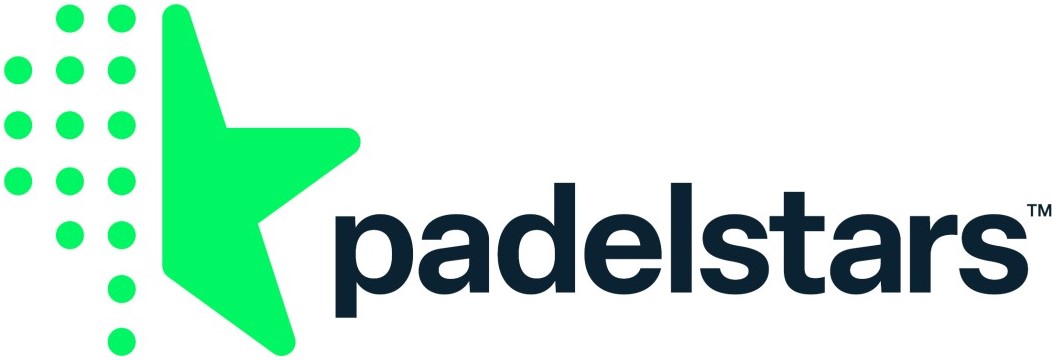The new world of Flexible Furlough... How will it work?

On 12 June 2020, the government published further updates to the official guidance on the Coronavirus Job Retention Scheme (CJRS), which includes details of how the scheme will wind down between July and October as well as how “flexible furlough” will work from 1 July.
These changes aim to continue supporting businesses during these challenging times, whilst also getting the economy back up and running, and have been welcomed by businesses as a positive alternative to the grant simply being withdrawn.
However, given the recent news that some large organisations are in talks with the government about returning furlough monies and the widespread redundancy announcements, it will be interesting to see how many employers will be utilising flexible furlough.
We set out below some key questions our clients are asking about “flexible furlough”, which may help you to decide if/how you might want to use this in your own business.
Which employees can I furlough now?
Generally, employers are no longer able to add new employees to the furlough scheme.
From 1 July 2020, employers can only furlough employees who have already been furloughed for at least 3 consecutive weeks (i.e. who started furlough by 10 June 2020 at the latest).
The only exception to this are employees returning to work from family-related leave (i.e. maternity, paternity, adoption, shared parental or parental bereavement leave) after 10 June 2020. Those employees can still be furloughed, as long as their employer has used the furlough scheme for other employees by 10 June 2020.
What will the government pay and what will I have to pay under the furlough scheme over the next few months?
The government contribution to furloughed employees’ wages and costs will reduce from August as follows:
- August - government will still pay 80% wages (capped at £2,500), but businesses must pay employer National Insurance and pension contributions.
- September - government will pay 70% of wages (capped at £2,187.50). Employers must pay 10% of wages (to make up 80% total, up to a cap of £2,500) plus employer NICs and pension contributions.
- October - government will pay 60% of wages (capped at £1,875). Employers must pay 20% of wages (to make up 80% total, up to a cap of £2,500) plus employer NICs and pension contributions.
The following quick reference guide reflects the above.
From 1 July 2020, the three-week minimum furlough period disappears and furloughed employees can switch between work and furlough as desired.How flexibly can my employees work?
For example, an employee may return to work for part of a week and be furloughed for the rest, or an employee may return to work for a period of time and then go back on furlough.
The guidance makes clear that this arrangement is entirely flexible and that working patterns and proportions of work versus furlough can be decided between the employer and employee. The only “rules” for employers are:
- You must pay employees in full for any hours worked but can claim a CJRS grant for any “normal hours” not worked.
- You must “keep a new written agreement” when implementing flexible furlough.
- The number of employees you claim for in any single claim period (starting from 1 July) cannot exceed the maximum number of employees you claimed for under any claim ending by 30 June.
For example, if you previously submitted three claims in which the total number of furloughed employees was 20, 10 and 40 employees, the maximum number of employees you could furlough in any single claim starting on or after 1 July would be 40.
Of course, introducing these flexible measures is not compulsory and you can keep your employees on full furlough until the expiry of the scheme on 31 October if you wish.
How do I calculate what I can claim for employees on flexible furlough?
The calculations of the grant are extremely complex! We would, therefore, recommend that you carefully read through the guidance, which includes worked examples of how to calculate pay for a flexibly furloughed employee. The CJRS calculator has also been updated to reflect the upcoming flexibility of the scheme.
In summary, employers will need to identify the following information to calculate a claim:
- An employee’s “usual hours”, in order to be able to compare this with the actual hours worked during flexible furlough.
This is not as straightforward as it sounds and depends on whether the employee works fixed or variable hours. However, the guidance includes some examples to assist with this.
- An employee’s “usual wages”, in order to determine:
-
- how much must be paid to the employee whilst furloughed (subject to the percentage and financial cap); and
- what the employer can claim under the CJRS scheme.
“Usual wages” should be calculated in the same way as you have done to date and will depend on whether an employee is on a fixed salary or whether their pay varies. Please let us know if you are unclear on how to do this.
- An employee’s actual hours worked, which the employer should pay at the usual contractual rate
- The number of “furloughed hours” within the claim period, i.e. the employee’s usual hours less the number of hours actually worked in a claim period
What records do I need to keep?
When using the flexible scheme, employers must keep copies of the following records for 6 years:
- the amount claimed and claim period for each employee;
- the claim reference number;
- the employer’s calculations in case HMRC needs more information about the claim;
- the usual hours worked for employees who were flexibly furloughed, including any relevant calculations; and
- the actual hours worked by flexibly furloughed employees.
Do I still submit claims in the same way under the revised scheme?
There have been a few changes, so employers should be aware of the following:
- A claim in respect of the period before 30 June 2020 must be made by 31 July 2020.
- Up until 30 June 2020, a claim period can include dates from two or more calendar months. However, from 1 July 2020 onwards, claims cannot cover more than one calendar month.
- Although there is no minimum period for which an employee must be furloughed, any claim through the portal must be for a minimum of a one-week period.
Claiming for a period of fewer than 7 days is only possible when either the first or last day of the calendar month is included in the claim and the employer has already claimed for the period ending immediately before it.
- Employers can only make one claim for any period, so must ensure that all furloughed and flexibly furloughed employees are included in the same claim. There must be no overlap with any subsequent claim.
- Employers should not claim until they are sure of the exact number of hours flexibly furloughed employees are working during the claim period.
If an employer claims for a CJRS grant in advance and an employee works for more hours than the employer told HMRC, the employer will have to pay some of the grant back to HMRC.
Should I use flexible furlough over the next few months and, if so, how do I go about this?
When deciding whether to use flexible furlough, employers should consider the following factors:
Is it financially beneficial to bring back some furloughed staff “flexibly” (e.g. if their contribution to the business will outweigh the wages grant you will be losing), or do you need to make them redundant before you start incurring costs in respect of them (see question 2 above)?
- Flexible furlough may also be a useful tool to trial/assess capacity and employee numbers required without committing to bringing back employees full-time and/or incurring the substantial costs associated with this.
- Flexible furlough may be a useful tool to gradually reintegrate furloughed employees into your business, which will be beneficial for their well-being and mental health and employee engagement.
- Does the benefit of flexible furlough outweigh the administrative and logistical challenges of the scheme, e.g.
-
- the requirement to draft new agreements with any employees who will be flexibly furloughed;
- how you will accurately record the actual hours being worked by flexibly furloughed employees, especially where such employees are working from home; and
- the complexity of (and time involved in) calculating the CJRS grant available for flexibly furloughed employees.
If you do decide/want to use flexible furlough, ensure that you do the following:
- Consult and reach agreement with affected employees, particularly as many children will still require care at home, the government has, so far, made only tentative moves to ease measures for those who are shielding and many are “anxious” about returning to work.
- Draft and enter into new agreements with any employees who will be flexibly furloughed.
- Ensure you have a clear mechanism in place for recording the actual hours being worked by flexibly furloughed employees.
- Ensure that you comply with the new requirements and timescales for submitting claims for furlough grants.
If you require any assistance in interpreting the new guidance or indeed combining the scheme with restructuring then please contact [email protected] or [email protected]
For additional support for your business click here to access our comprehensive guidance online or follow #FutureNow on social media
Twitter: @BPE_Solicitors
LinkedIn: @BPE Solicitors LLP















